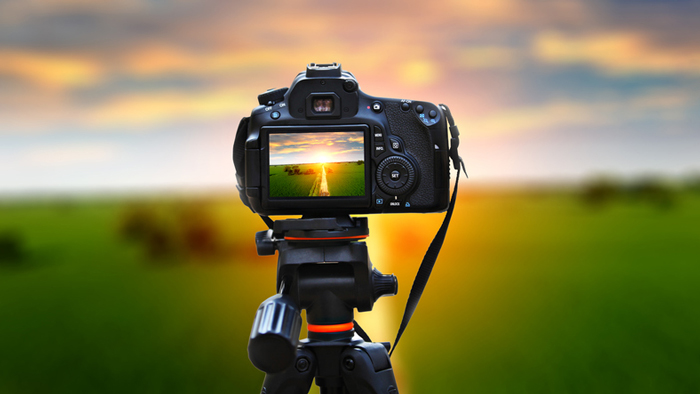When most people take a photo, their concern is recording a moment in time. For landscapers, this is usually a glamor shot that they hope will translate into new sales.

Those who have tried this know it’s nearly an impossible goal, often because the camera doesn’t see as we do. A more productive approach for landscape companies is getting a photo that will be put to work to convey an idea. Let’s call this the money shot.
The money shot is a photo, one of many, that tells a story. That story sells work because it explains everything about the project that is meaningful. To put it simply, it explains why a homeowner or anyone else should consider investing in one like it.
When I served as a judge for the National Association of Landscape Professionals Awards of Excellence, the team of judges reviewed hundreds of projects. The winners were the ones with photos that aligned with the promise of the project description. They told a story that left no doubt about how and why they solved a problem.
No film needed
One of my landscape architecture professors gave me a great technique that helped me. It was back before we all used digital devices to take photos, but you can still use it today.
“Photograph the site first without using any film,” he said.
It may seem crazy, but this exercise really helps you see with fresh eyes. It challenges you to fully understand what you are seeing before taking pictures. This is where the storytelling process starts.
You notice problems during the design process to address. Your mind will start weighing the possibilities. This critical thinking leads to productive discussions with clients.
When you finally take real photos, your mind is better tuned into the shots you will need for designing and selling. You’ll know when to zoom in on specific features that may have a greater impact on the budget.
Get a different perspective
Lastly, you always want to step back and photograph the entire site from different perspectives. When doing this, I realized when the camera was doing its job, I wasn’t so much seeing what was in front of me but imagining the completed project that would delight our client.
Thanks to this photographing method, the before photos became much more than a record of the property. They served as reminders of our earliest thoughts. Sharing these with clients gave them insights into how we arrived at our recommendations.
This validated our creative process and significantly increased our design/build closing rate. It’s the difference between presenting recommendations and reliving how recommendations developed so that the client can come to the same conclusions.
Once you have sold, designed and built the project, you should have the right photos to tell every aspect of its global story. From that, you can mine dozens of photos and mini-stories that can be stand-alone posts or combined for Instagram Reels and similar social media formats.

